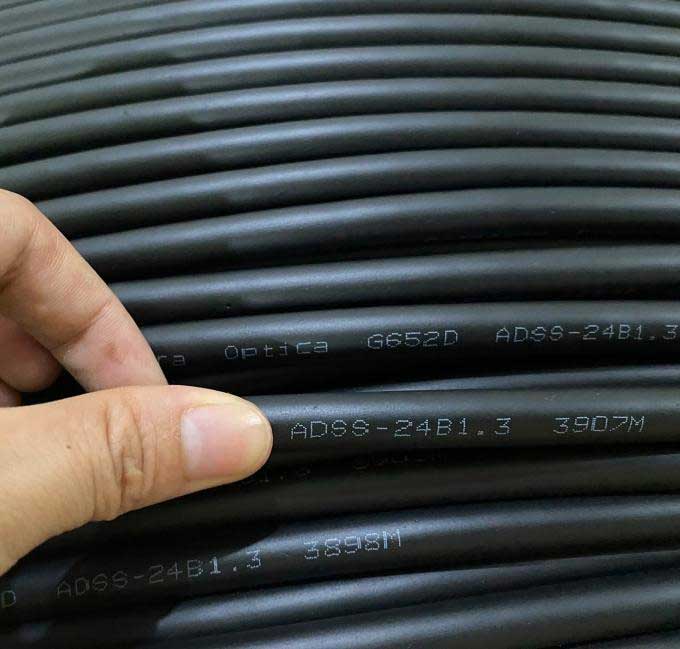ADSS (All-Dielectric Self-Supporting) cable is a type of fiber optic cable used for aerial installations in the telecommunications industry. To test an ADSS cable, the following steps can be taken:
Visual Inspection: Perform a visual inspection of the cable to check for any physical damages, such as cuts, abrasions, or deformities. Also, check the connector ends for any signs of damage or contamination.
Continuity Check: Use a continuity tester to check for the continuity of the fiber optic cable. Connect the tester to both ends of the cable and verify that there is a continuous electrical signal between the two ends. If there is a break in the continuity, the cable may be damaged or broken.
Optical Time-Domain Reflectometer (OTDR) Test: An OTDR is a specialized device used to test the performance of fiber optic cables. It sends a pulse of light into the cable and measures the reflected signal to determine the loss of signal along the length of the cable. This test can detect any attenuation, splices, or other issues that may be affecting the performance of the cable.
Insertion Loss Test: Use an insertion loss tester to measure the amount of signal loss that occurs when light passes through the cable. This test can help determine the quality of the cable and identify any issues with connectors or splices.
Chromatic Dispersion Test: Chromatic dispersion is a phenomenon that can occur when different colors of light travel at different speeds through the fiber optic cable. A chromatic dispersion test can help identify any issues with the cable that may cause signal distortion.
It is important to follow the manufacturer’s recommended testing procedures for the specific type of ADSS cable being tested. Additionally, it is recommended that testing be performed by qualified personnel with the proper training and equipment.
Post time: Mar-03-2023
